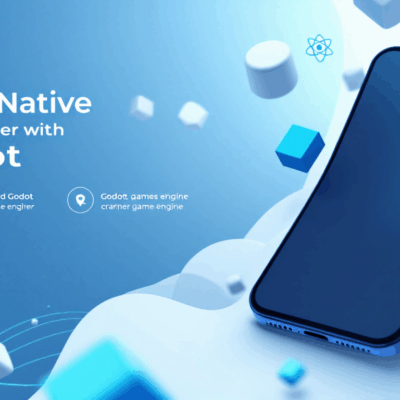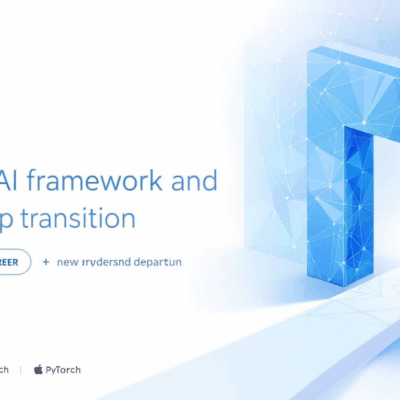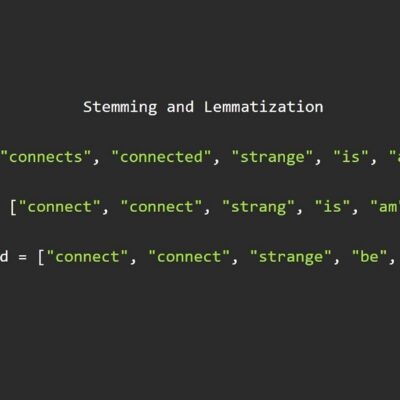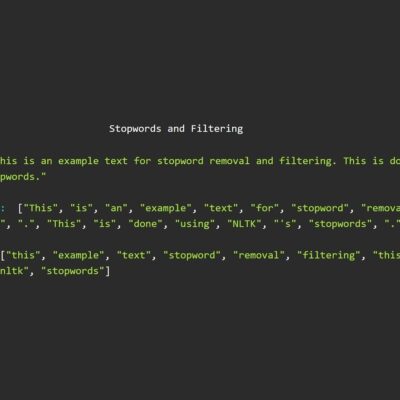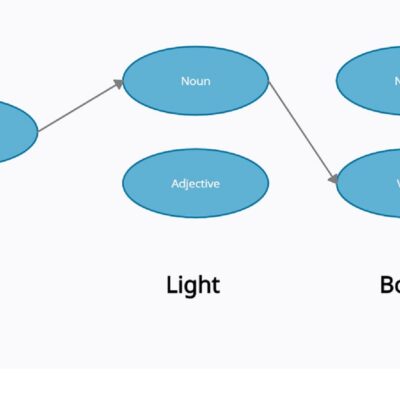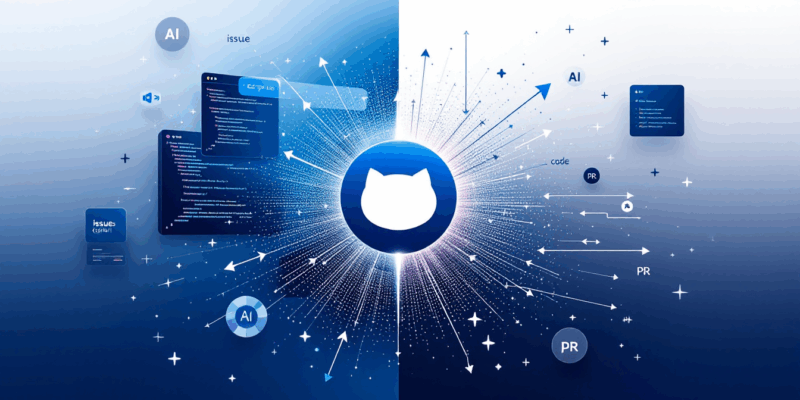
GitHub Copilot Workspace launched in November 2025, shifting from AI code completion to AI-powered full development workflows. Instead of autocompleting individual lines, Workspace reads GitHub issues, plans implementations across multiple files, writes code, runs tests, fixes failures, and creates pull requests with minimal developer intervention. This isn’t incremental improvement—it’s a fundamental rethinking of what “writing code” means.
From Code Completion to Full Development Workflows
Workspace handles entire development tasks from GitHub issue to pull request. A developer creates an issue describing a feature or bug, assigns it to Workspace, and reviews the AI’s implementation plan. After approval, the AI generates code across multiple files, runs tests, iterates on failures, and creates a PR ready for review. According to GitHub’s official announcement, this results in 55% faster issue-to-PR cycles and 71% of AI-generated PRs merged with minimal changes.
The workflow is straightforward: an issue requesting “Add JWT authentication with bcrypt password hashing” triggers AI planning—auth middleware, JWT utilities, login endpoint, tests, documentation. The developer reviews the plan, the AI implements, tests fail, the AI fixes them, and a pull request appears. What previously took hours now takes minutes.
However, this speed comes with responsibility. Developers shift from implementers to architects and reviewers. The time saved on typing code must be invested in reviewing AI output for security vulnerabilities, edge cases, and architectural soundness. This isn’t about replacing developers—it’s about changing what developers do.
Cursor, Cody, and the Battle for AI Development Tools
GitHub didn’t invent this category. Cursor, an independent AI IDE with over 100,000 users, offers similar capabilities with faster iteration and multi-model support (GPT-4, Claude). Sourcegraph Cody targets enterprises with multi-platform support across GitHub, GitLab, and Bitbucket. JetBrains AI Assistant focuses on JVM languages within familiar IDEs.
GitHub’s advantage is integration. Workspace connects seamlessly with repositories, issues, pull requests, and GitHub Actions—creating task-to-deployment pipelines without switching tools. Competitors offer more flexibility or better IDE experiences, but GitHub owns the workflow.
The market is exploding. AI development tools grew 300%+ year-over-year, with Cursor raising $60M at a $400M valuation in late 2024. GitLab announced “GitLab Duo Workflow” to compete directly. Developers face a choice: specialized AI-first tools (Cursor), integrated workflow tools (Workspace), or multi-platform enterprise solutions (Cody). Vendor lock-in is the elephant in the room.
Related: Anthropic Computer Use API: AI Agents Control Your PC
The Developer Divide: Productivity Gains vs Skill Concerns
Community reaction is sharply split. Proponents celebrate 40-60% productivity gains: “I fixed 5 bugs in an hour that would’ve taken me all day.” Skeptics worry about skill degradation: “Junior developers will never learn to actually code. They’ll just learn to prompt AI and won’t understand what’s happening under the hood.” Both perspectives have merit.
Kent Beck, a software engineering thought leader, frames this as evolution: “This feels like the transition from assembly to high-level languages. We’re moving up the abstraction ladder again.” The question isn’t whether this will happen, but how quickly developers adapt.
Security concerns add another dimension. AI-generated code has introduced SQL injection vulnerabilities and occasionally disables security features to make tests pass. A Hacker News discussion with 500+ comments debates whether AI augments or replaces developers, with no consensus emerging.
The career implications are real. If AI handles implementation, architecture, requirements, and code review become more valuable skills. Junior developer career paths—traditionally built on writing lots of code to learn fundamentals—may need rethinking. This isn’t hypothetical anxiety; it’s a genuine shift in how software engineering skills develop.
How Developers Should Adapt
The path forward isn’t resistance or blind adoption—it’s strategic use. Start with bug fixes and small features to build trust in AI-generated code. Always review output; don’t accept implementations blindly. Maintain rigorous test coverage and scrutinize AI-generated tests as carefully as implementation code.
Use AI for tedious work—boilerplate, integrations, repetitive tasks. Reserve human expertise for security-critical code, performance optimization, and complex business logic. GitHub CEO Thomas Dohmke’s framing is accurate: “We’re empowering developers to work at a higher level of abstraction. Instead of spending time on syntax and boilerplate, developers can focus on architecture, user experience, and solving complex problems.”
Independent benchmarks show where AI excels and struggles. CRUD features see 60-70% speedups, bug fixes 40-50% faster. Complex refactoring only improves 20-30% and requires heavy guidance. AI handles the mechanical; humans handle the novel.
Key Takeaways
- Copilot Workspace shifts development from writing code to directing AI workflows, handling full task implementation from issue to pull request
- Competition is fierce—Cursor, Cody, and JetBrains all competing with different strengths (specialized tools vs workflow integration vs enterprise platforms)
- Developer community is split on whether this augments skills or erodes fundamentals, with legitimate concerns about junior developer career paths
- Best approach: use AI for tedious tasks, maintain rigorous code review, focus on architecture and domain expertise that AI can’t replicate
- This represents a genuine shift in software engineering—adapt now by learning to work effectively with AI, or risk falling behind as the industry evolves
The transition from assembly to high-level languages didn’t eliminate programmers—it changed what programming meant. Copilot Workspace represents another abstraction shift. Developers who adapt will find themselves more productive and focused on higher-value work. Those who resist will find the industry moving without them.



